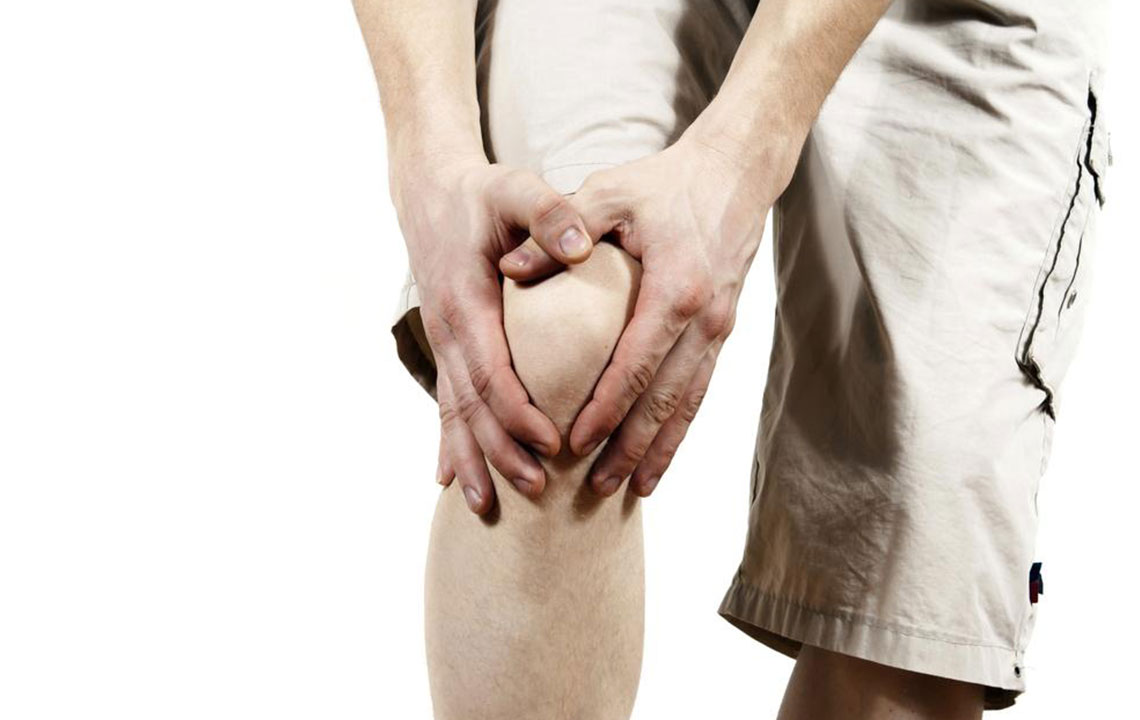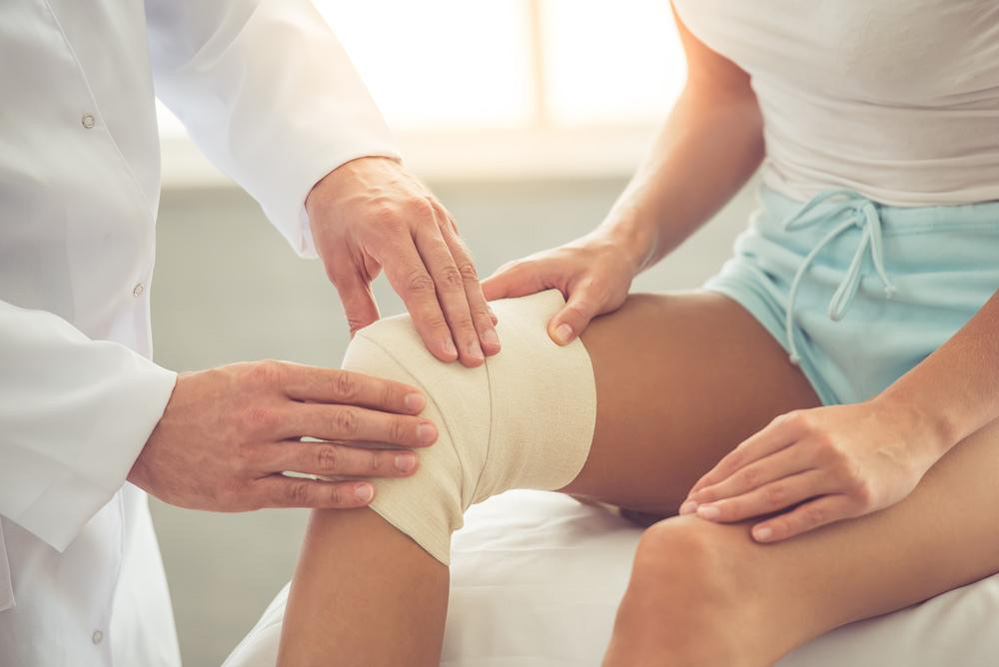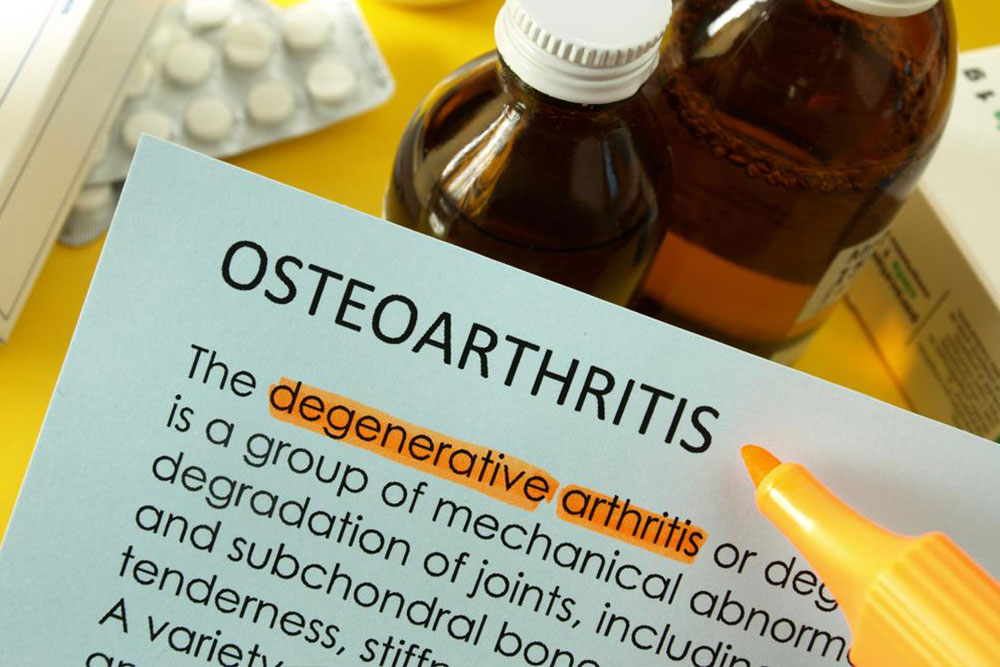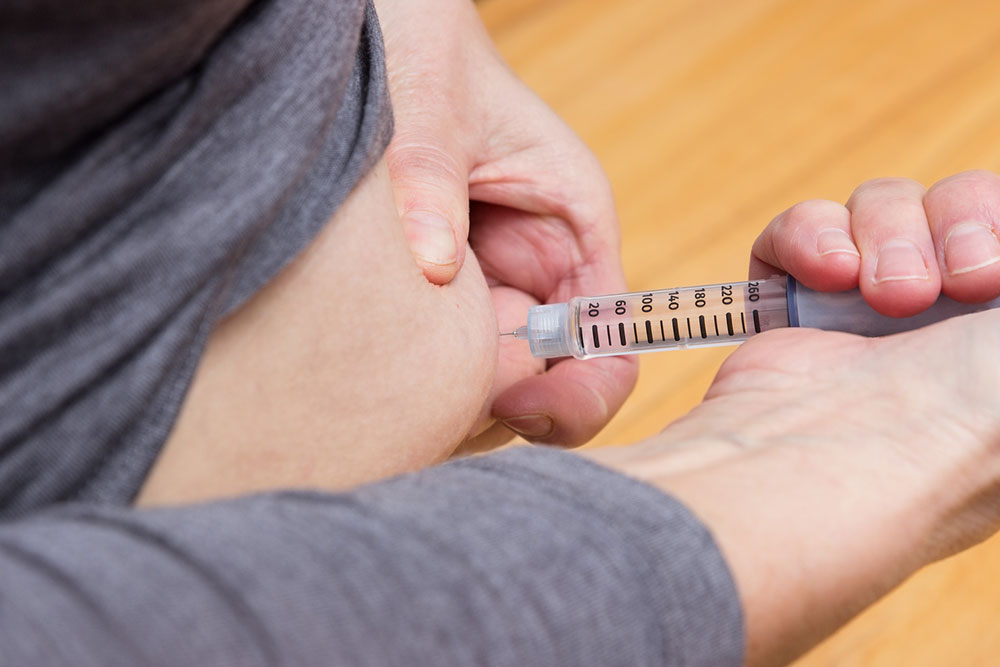Comprehensive Guide to Knee Discomfort and Its Contributing Factors
This comprehensive guide explores knee pain causes, symptoms, diagnosis, and treatment options. It covers common issues like osteoarthritis, meniscus tears, IT band syndrome, and ligament injuries. Emphasizing early diagnosis and proper care, it helps readers understand how to manage knee discomfort effectively with home remedies, physical therapy, and surgical solutions if needed. A valuable resource for those experiencing knee pain or seeking preventive tips to maintain joint health.
Comprehensive Guide to Knee Discomfort and Its Contributing Factors
Knee discomfort affects a significant portion of adults, impacting around a quarter of the population. This issue can cause physical discomfort, emotional stress, reduced mobility, and diminished quality of life. Pain may occur on the inner, outer, or side regions of the knee. This guide provides insights into understanding knee pain, including causes, symptoms, diagnosis, and treatment options.
Causes of Pain on the Outer Knee The outer part of the knee involves multiple bones, muscles, and ligaments. Various factors can lead to pain in this area.
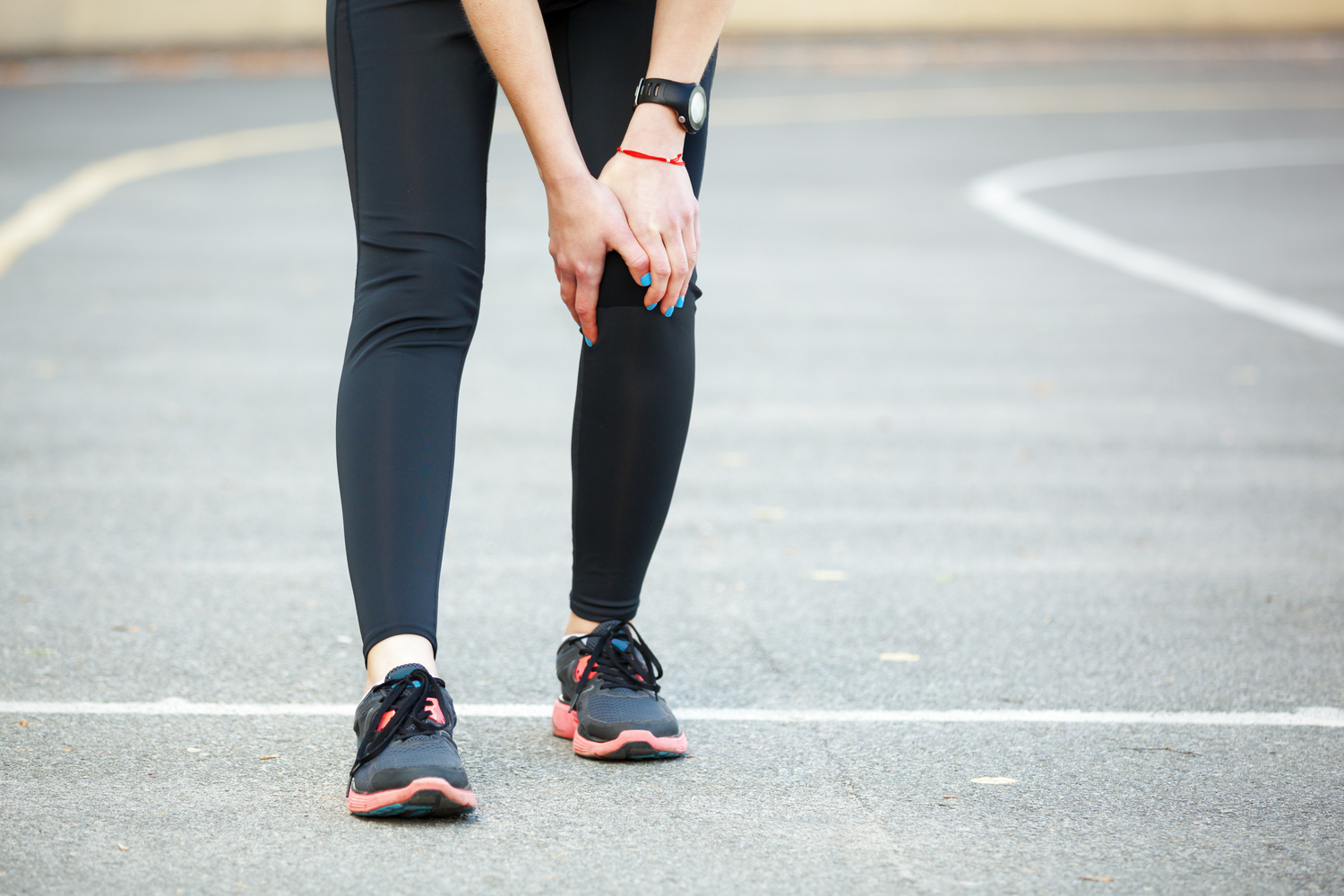
Ailments such as inflammation of the tissues running down the thigh and attaching to the shin can cause pain. Conditions like arthritis or injuries from activities like running, twisting, or improper form can also be culprits. Overexertion or unsupervised physical exercises might contribute to lateral knee pain as well.
Signs and Symptoms of Outer Knee Pain Symptoms vary depending on the cause. Common signs linked to different conditions include:
Osteoarthritis: Soreness, morning stiffness, swelling, limited mobility, weakness, and occasional instability.
Lateral Meniscus Tear: Swelling, stiffness, restricted movement, knee giving way, and difficulty bending or extending the joint.
Iliotibial Band Syndrome: Pain along the outer thigh and knee, often worsening with repetitive activities like cycling or jumping.
LCL Sprain: Sudden pain, swelling, instability, and sometimes numbness or tingling in the foot due to nerve proximity.
Diagnosing Knee Pain During diagnosis, doctors assess the pain’s location, character, and associated symptoms. Physical examination, coupled with imaging tests such as X-rays, MRI, or CT scans, help identify the root cause. A detailed history of recent injuries is also crucial for accurate diagnosis.
Treatment Options for Knee Discomfort The treatment plan depends on severity and underlying cause. Many cases respond well to conservative methods without surgery.
Home Care: Applying ice packs, elevating the knee, and compression can alleviate pain and swelling temporarily. Resting the joint and avoiding aggravating activities are recommended.
Physical Therapy: Supervised exercises strengthen muscles, improve flexibility, and restore range of motion while reducing pain. Specific routines can be tailored for conditions like ITBS or ligament sprains.
Surgical Intervention: For severe damage, procedures like knee replacement or arthroscopic repairs of cartilage or ligaments may be necessary.
Expert Recommendations Proper diagnosis followed by appropriate therapy usually leads to pain relief. Early intervention and tailored physical therapy can prevent deterioration and facilitate recovery.
Important Notice:
The content on our platform provides helpful insights across various topics for informational purposes. It should not replace professional medical advice. Readers are advised to consult healthcare professionals for diagnosis and treatment. We are not responsible for inaccuracies or differences in data from other sources, and some offers or schemes may vary or be unavailable. Always seek personalized medical guidance.

